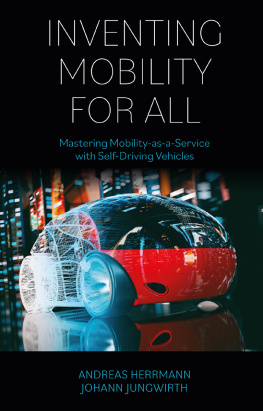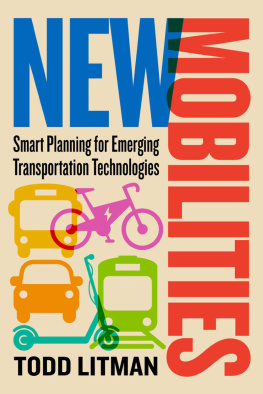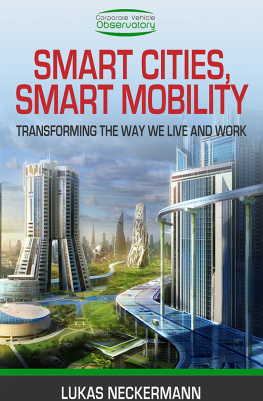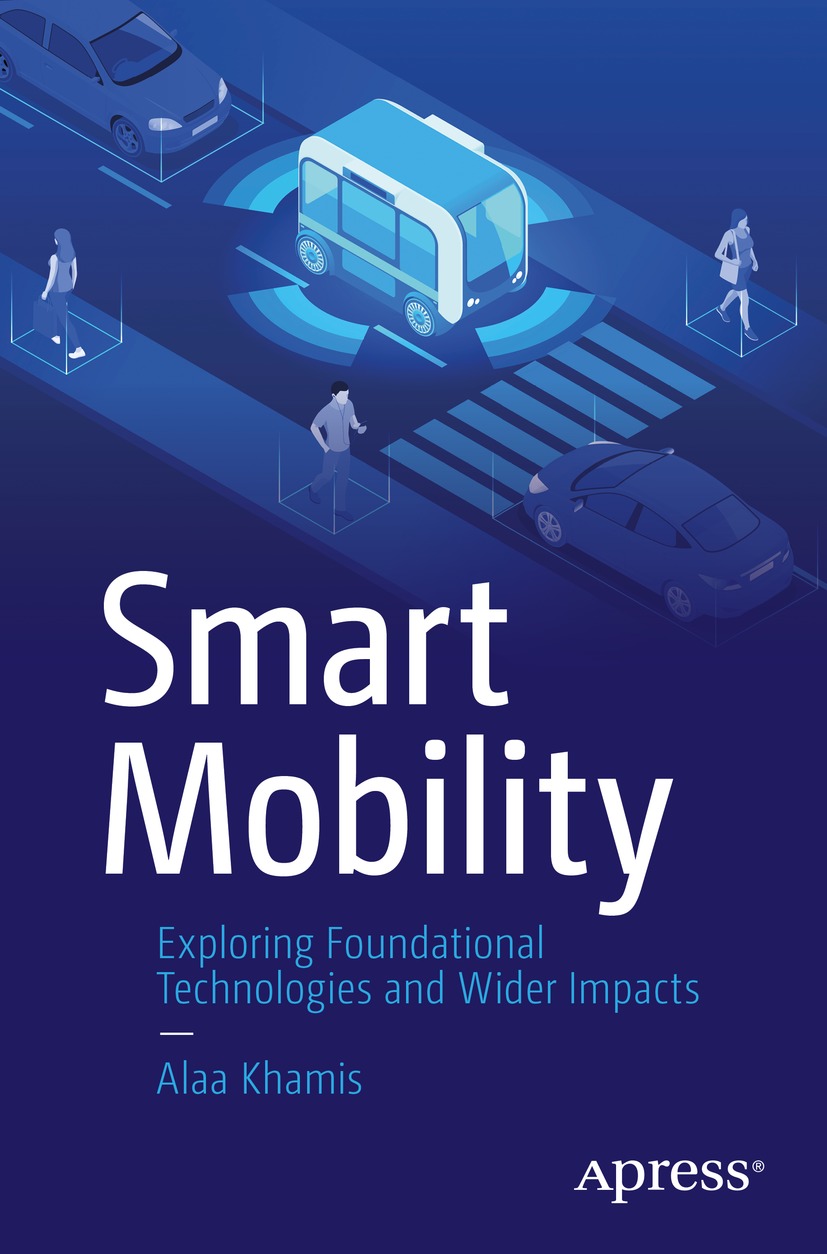Alaa Khamis
Courtice, ON, Canada
Any source code or other supplementary material referenced by the author in this book is available to readers on GitHub via the books product page, located at www.apress.com/978-1-4842-7100-1. For more detailed information, please visit http://www.apress.com/source-code.
ISBN 978-1-4842-7100-1 e-ISBN 978-1-4842-7101-8
https://doi.org/10.1007/978-1-4842-7101-8
Alaa Khamis 2021
This work is subject to copyright. All rights are solely and exclusively licensed by the Publisher, whether the whole or part of the material is concerned, specifically the rights of translation, reprinting, reuse of illustrations, recitation, broadcasting, reproduction on microfilms or in any other physical way, and transmission or information storage and retrieval, electronic adaptation, computer software, or by similar or dissimilar methodology now known or hereafter developed.
The use of general descriptive names, registered names, trademarks, service marks, etc. in this publication does not imply, even in the absence of a specific statement, that such names are exempt from the relevant protective laws and regulations and therefore free for general use.
The publisher, the authors and the editors are safe to assume that the advice and information in this book are believed to be true and accurate at the date of publication. Neither the publisher nor the authors or the editors give a warranty, expressed or implied, with respect to the material contained herein or for any errors or omissions that may have been made. The publisher remains neutral with regard to jurisdictional claims in published maps and institutional affiliations.
This Apress imprint is published by the registered company APress Media, LLC part of Springer Nature.
The registered company address is: 1 New York Plaza, New York, NY 10004, U.S.A.
Preface
Nowadays, we are witnessing several paradigm shifts in mobility systems and services. Cities are decarbonizing the transportation sector and are moving from car-centric mobility to multimodal mobility, from restricted mobility in two-dimensional streets to 3D mobility, from rigid-schedule mobility to mobility on demand and on an as-needed basis, and from fragmented unconnected mobility to seamless integrated mobility. Mobility companies move from the manufacturing and trade economy to the service economy or servitization such as Mobility-as-a-Service (MaaS) as the neo-liberalization of people and freight transportation and from the unsustainable number of cars sold-based revenue model to vehicle miles traveled (VMT)-based, infonomics-based data and customer experience monetization and passenger economy-based revenue models. Delivery service providers move from conventional slow, rigid, and nontransparent last-mile delivery to fast, elastic, and transparent last-mile delivery services. People move from ownership to usership and from passive mobility to active and zero-impact mobility. Different foundational technologies, technology enablers, and mobility disruptors are behind these paradigm shifts.
This book gives a holistic view of smart mobility systems and services and describes their foundational technologies, technology enablers, and disruptors. The market size of these technologies, their potential growth, and their eco-socioeconomic implications are highlighted in this book. Impacts of the COVID-19 pandemic on consumer behaviors and preferences and the expected short-term disruptions and longer-term structural changes in different aspects of mobility systems especially in micromobility, shared mobility, public transit, and contactless last-mile delivery services are also discussed.
The development of topics in this book follows a logical flow progressing from foundational technologies to technology enablers to smart mobility disruptors. The following is a concise chapter-by-chapter description of the contents of the book:
Chapter provides an overview of people-centric smart cities.
Chapter presents the smart mobility triad that comprises three complementary factors, namely, technology, governance, and city planning. These three components are not separate components as they impact each other.
Chapter introduces Position, Navigation, and Timing (PNT), Geographic Information System (GIS), wireless communication, mobile cloud computing (MCC), blockchain, Internet of Things (IoT), Artificial Intelligence (AI), robotics, and electrification as foundational technologies for smart mobility systems and services.
Chapter discusses several technology enablers for smart mobility such as intelligent infrastructure, connected mobility, automated mobility, e-mobility, micromobility, active/soft mobility, inclusive mobility, and Context Awareness Systems (CAS).
Chapter sheds light on potential smart mobility disruptors such as disruptive mobility platforms (autonomous ground vehicles, urban air mobility (UAM), river taxis, automated people movers (APMs), hyperloop, and urbanloop), shared mobility, Mobility-as-a-Service (MaaS), mobility on demand (MOD), seamless integrated mobility systems (SIMS), last-mile delivery, Vehicle-as-a-Service (VaaS), gig economy, and passenger economy.
Finally, impacts of the COVID-19 pandemic on smart mobility systems and services are discussed in Chapter .
I do believe that the future mobility is people-centric, software-defined, connected, and electric. In spite of recent rapid development, smart mobility is still in its infancy. There is a growing need to use different mentioned foundational technologies, technology enablers, and disruptors to enhance the relationship between customers and mobility providers and to achieve affordable, inclusive, and seamless integration between different mobility services. The legal and regulatory environment around several smart mobility technologies needs to be well developed taking into consideration opinions and concerns of different stakeholders. Moreover, evolutionary and revolutionary changes in the city planning should be considered to accommodate the emerging services of smart mobility.
This book is intended for working professionals, training centers, and academic institutions. The book serves a wide range of audience including university students, researchers, mobility engineers, technologists, and city planners looking for a holistic vision and new ideas about future mobility technologies and services. The book gives the reader a comprehensive and easy-to-digest introduction to the current and emerging smart mobility systems focusing on foundational technologies, technology enablers, and disruptors that will shape the future of mobility.
While the book describes many future possibilities, some surprising achievements are already made and publicly used. We all enjoy and rely every day on shared mobility services, connected mobility, e-mobility, active mobility, micromobility, and same-day and instant last-mile delivery services. Moreover, in the not too distant future, we will enjoy safe and entertaining self-driving vehicles (SDVs) as a third living space with consumer-centric products and services; we will be able to use self-driving vehicles as a mobile motel, beauty salon, mobile store, and mobile clinic; we will have our online orders shipped to our doorstep by delivery droids; we will travel safely and conveniently in zero-emission hyperloops, autonomous air taxis, air metro, or autonomous boats; seamless integration between different mobility modes will be the norm; and finally affordable inclusive and sustainable mobility will be achieved. I hope you will enjoy this exciting journey into the future of people and goods mobility.











